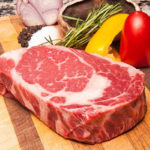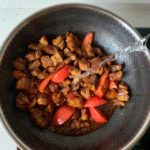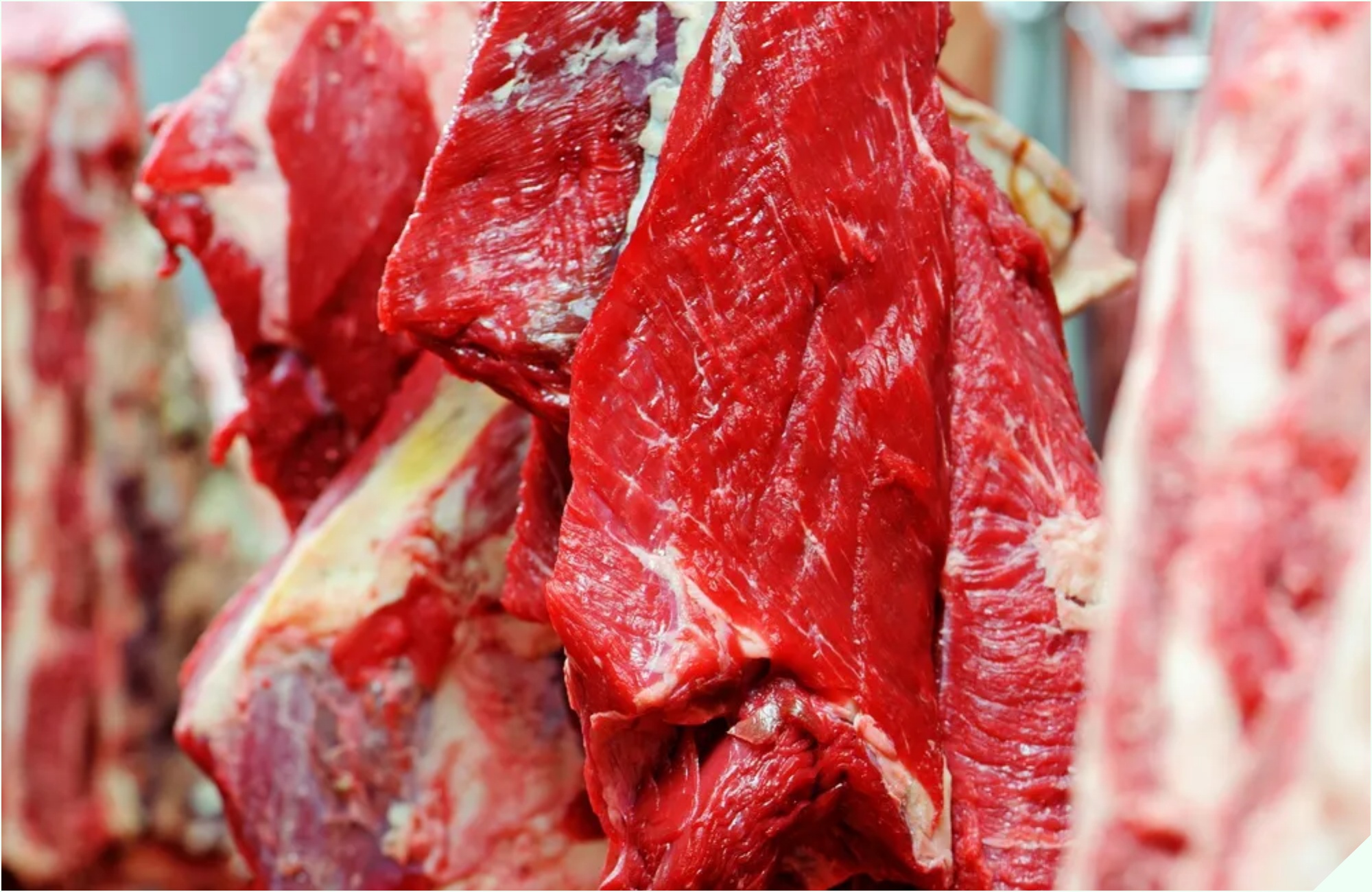
Beef is known in Eastern medicine for its nourishing and strengthening properties. It is said to boost the spleen and stomach, strengthen the tendons and bones, and eliminate phlegm, making it an ideal food for those with weak bodies, weak bones, or anemia.
Despite its nutritional benefits and versatility in cooking, beef has a distinct odor that can be off-putting if not prepared properly.
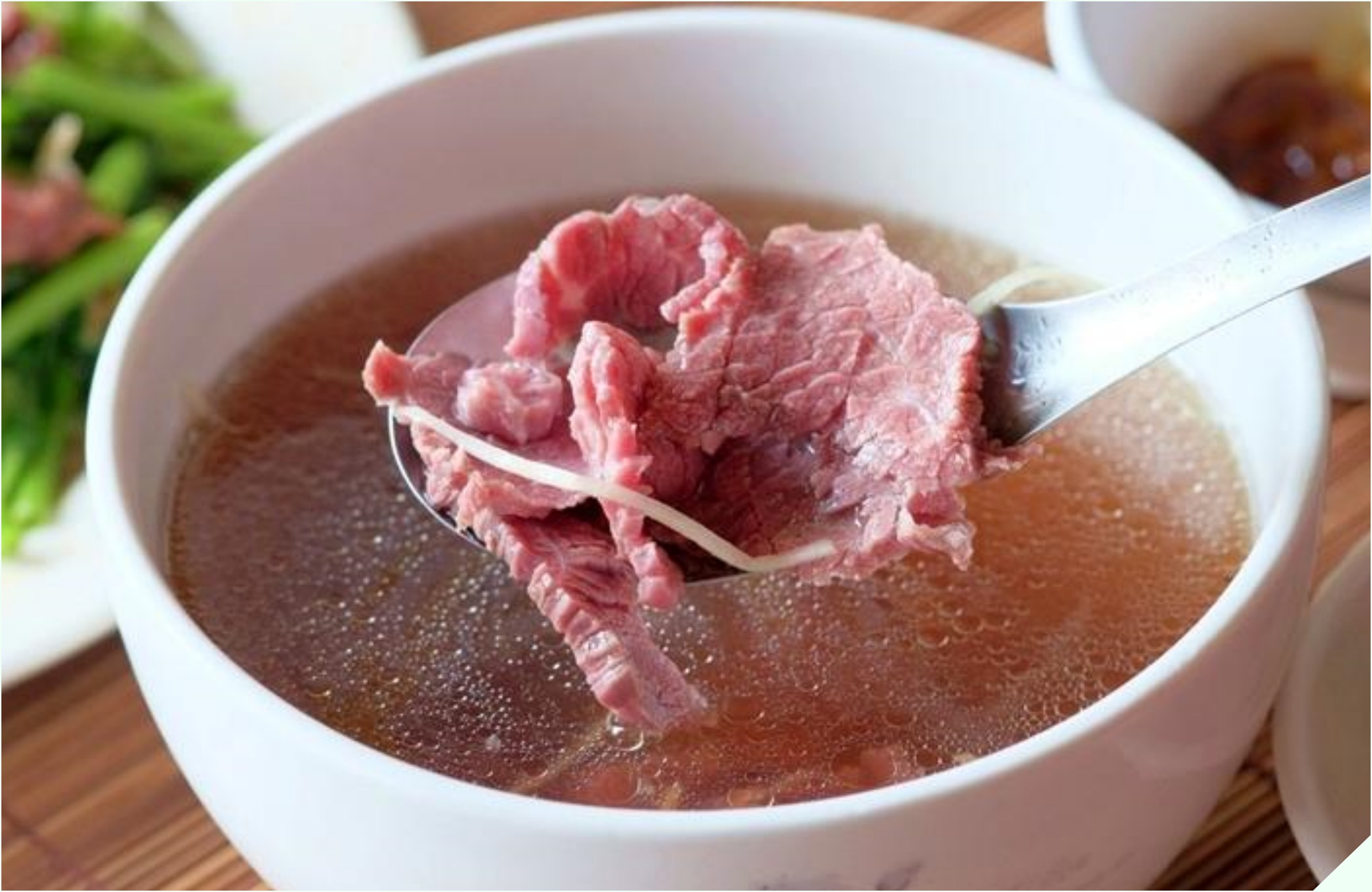
So, how can you get rid of the beef odor? According to experienced chefs, the key lies in the preliminary preparation. Typically, people tend to just rinse the meat and blanch it in boiling water. However, these two steps are not enough.
To ensure your beef is clean and odor-free, you need to follow these comprehensive steps: Thoroughly wash the beef → Soak it in salted water for 30 minutes → Blanch the meat → Use spices (cinnamon, cloves, carrots, etc.).
Below is a detailed guide on how to eliminate the unpleasant odor from beef stew, brought to you by Bếp Eva.
Step 1: Clean the Beef
When you get home, give the beef a good wash, then place it in a large bowl. Add 1 teaspoon of baking soda, 1 teaspoon of salt, and a little flour. Rub these ingredients onto the surface of the meat.
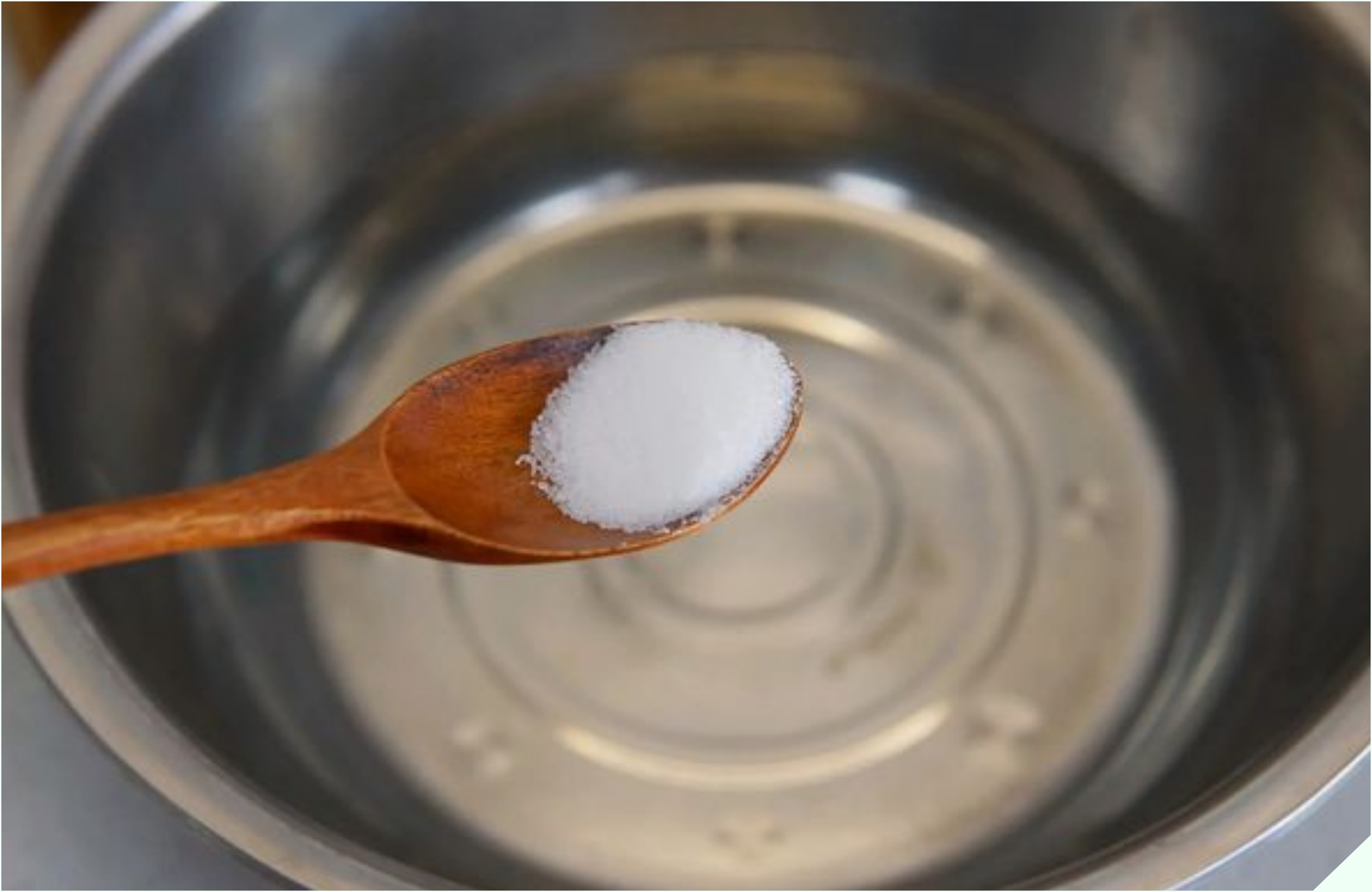
Baking soda tenderizes the beef, salt disinfects, and flour absorbs any remaining impurities. Rub the meat for 3 to 5 minutes, then rinse it with clean water.
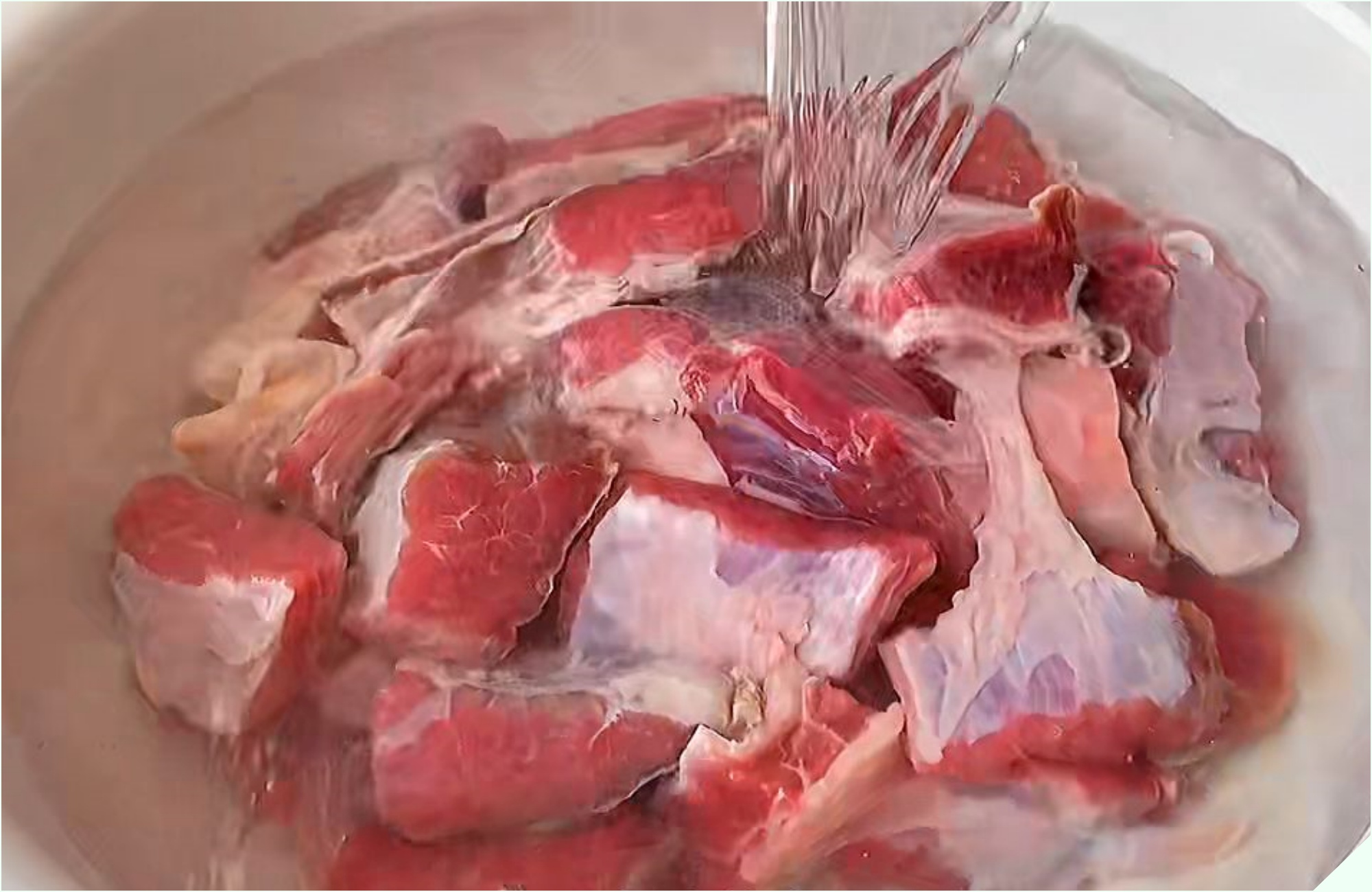
Cut the meat into large pieces and soak them in water for about 30 minutes. This allows the beef to release any excess blood.
Step 2: Blanch the Beef
After soaking, it’s time to blanch the beef. Place the meat in a pot and add cold water. Bring it to a boil.
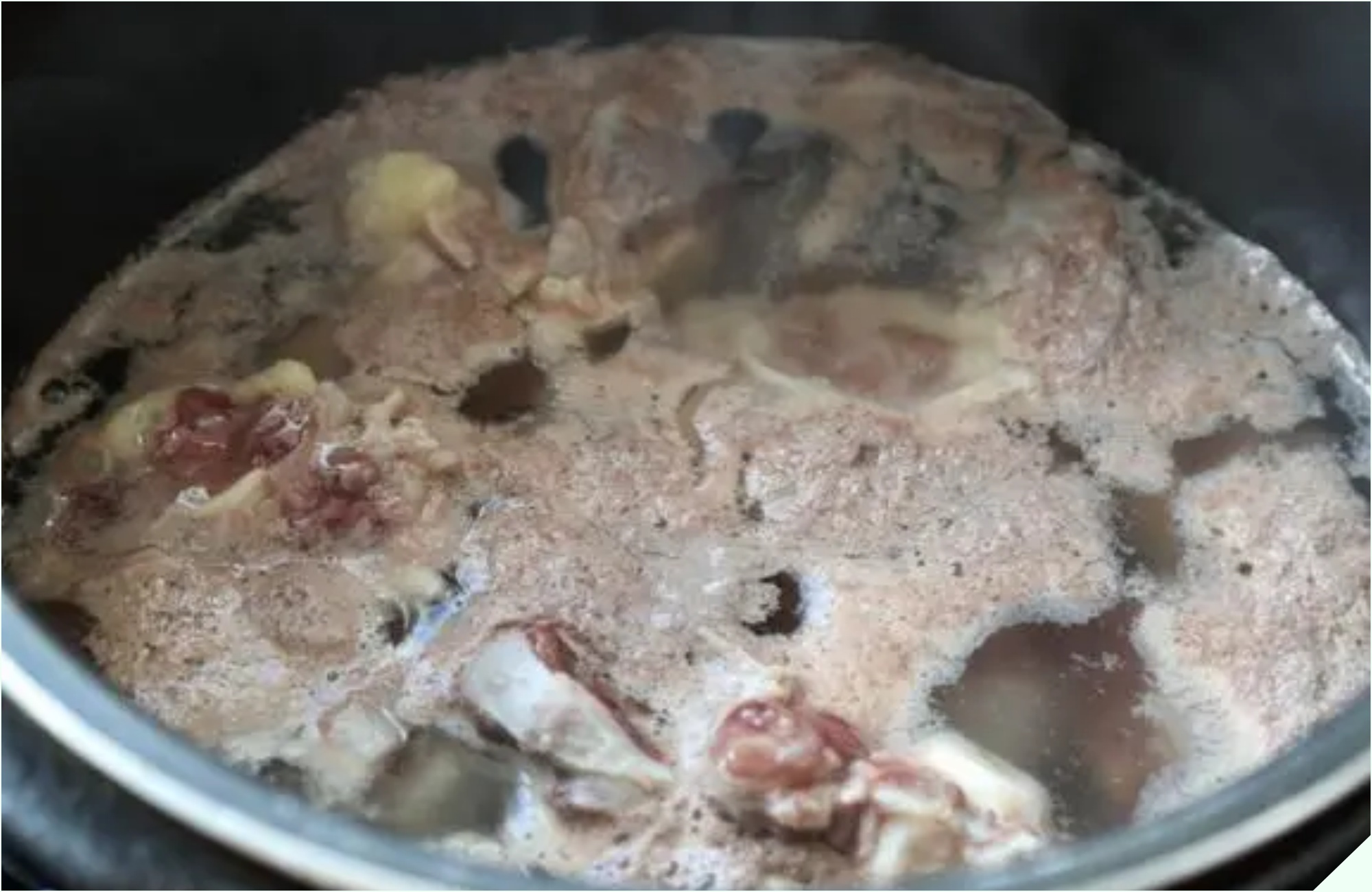
When you see brown foam appearing on the surface, turn off the heat. Drain the water and rinse the beef again with clean water.
Step 3: Sauté the Beef
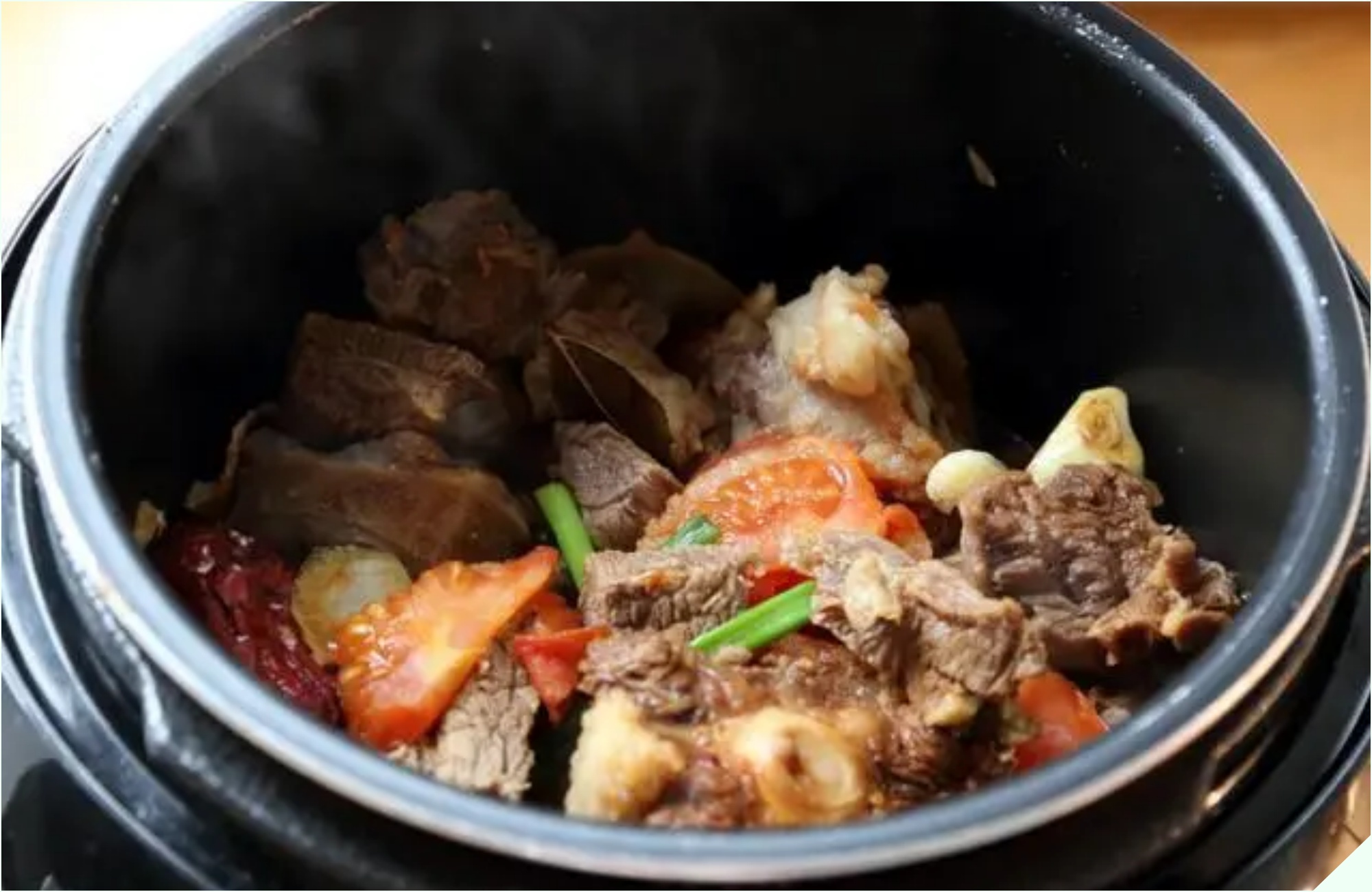
Place the cleaned beef in a pot and turn on the heat. Continuously stir-fry the meat until it is evenly cooked. At this point, the beef should be fragrant and free of any unpleasant odor.
Step 4: Seasoning
You don’t need a plethora of spices for beef stew. Using too many spices can be inconvenient and may overpower the natural flavor of the beef.
Typically, for beef stew, you can prepare the following:
– Tomatoes enhance the aroma, add color, and help tenderize the meat.
– Onions eliminate the beef’s odor and become sweet and enticing when heated.
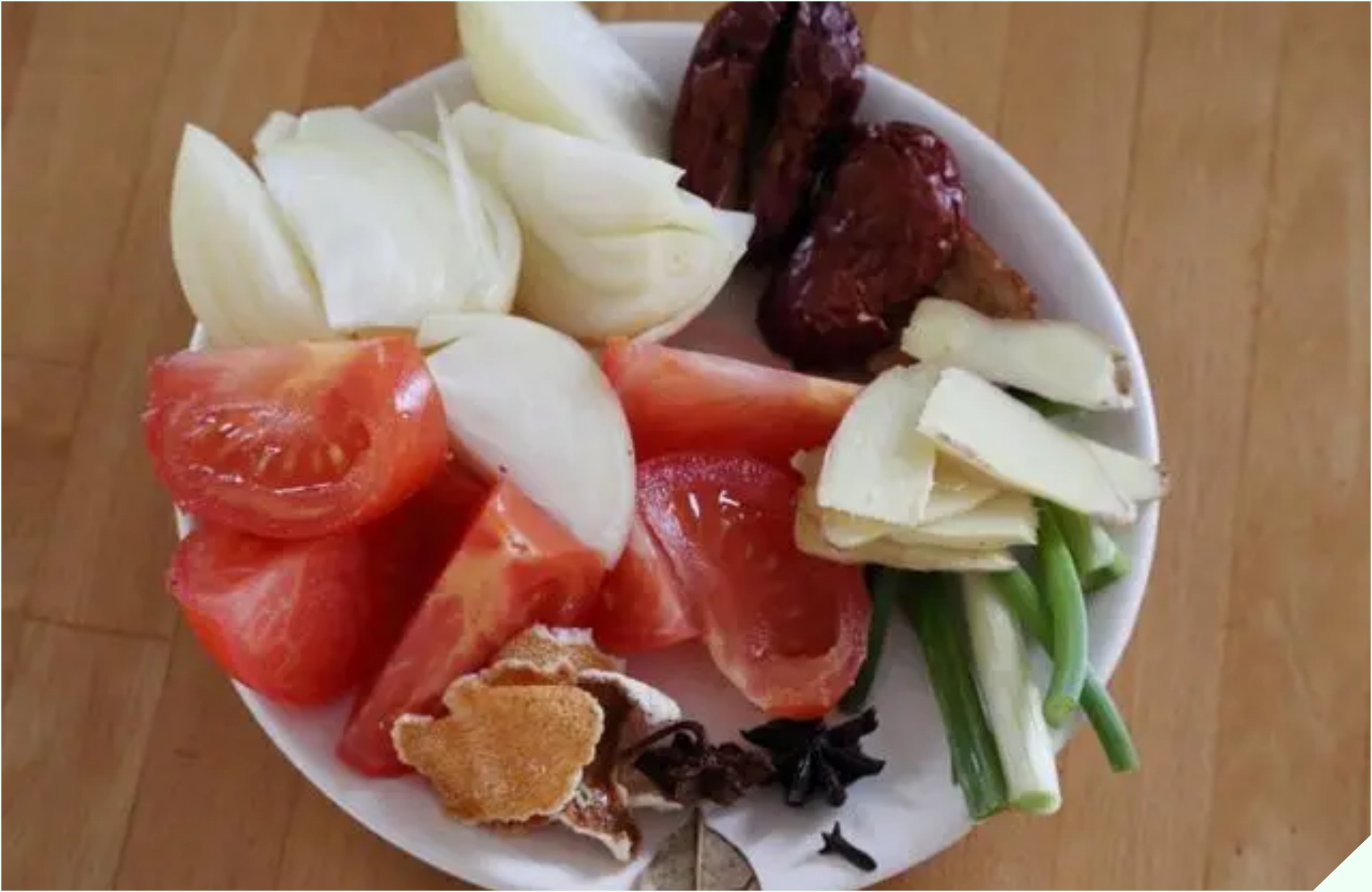
– Red apples boost the fragrance and give the dish a fresh, red appearance.
– Ginger and scallions eliminate any fishy smell.
– Two cloves, a bit of cinnamon, and a few laurel leaves enhance the flavor without overwhelming the beef’s natural aroma.
– Tangerine peel helps reduce the beef’s odor and lowers the dish’s overall fat content.
Step 5: Add Water and Simmer
– Pour in some dark soy sauce and a little water, then start simmering. If you’re using a pressure cooker, you can reduce the amount of water.
Step 6: Season with Salt and Vegetables
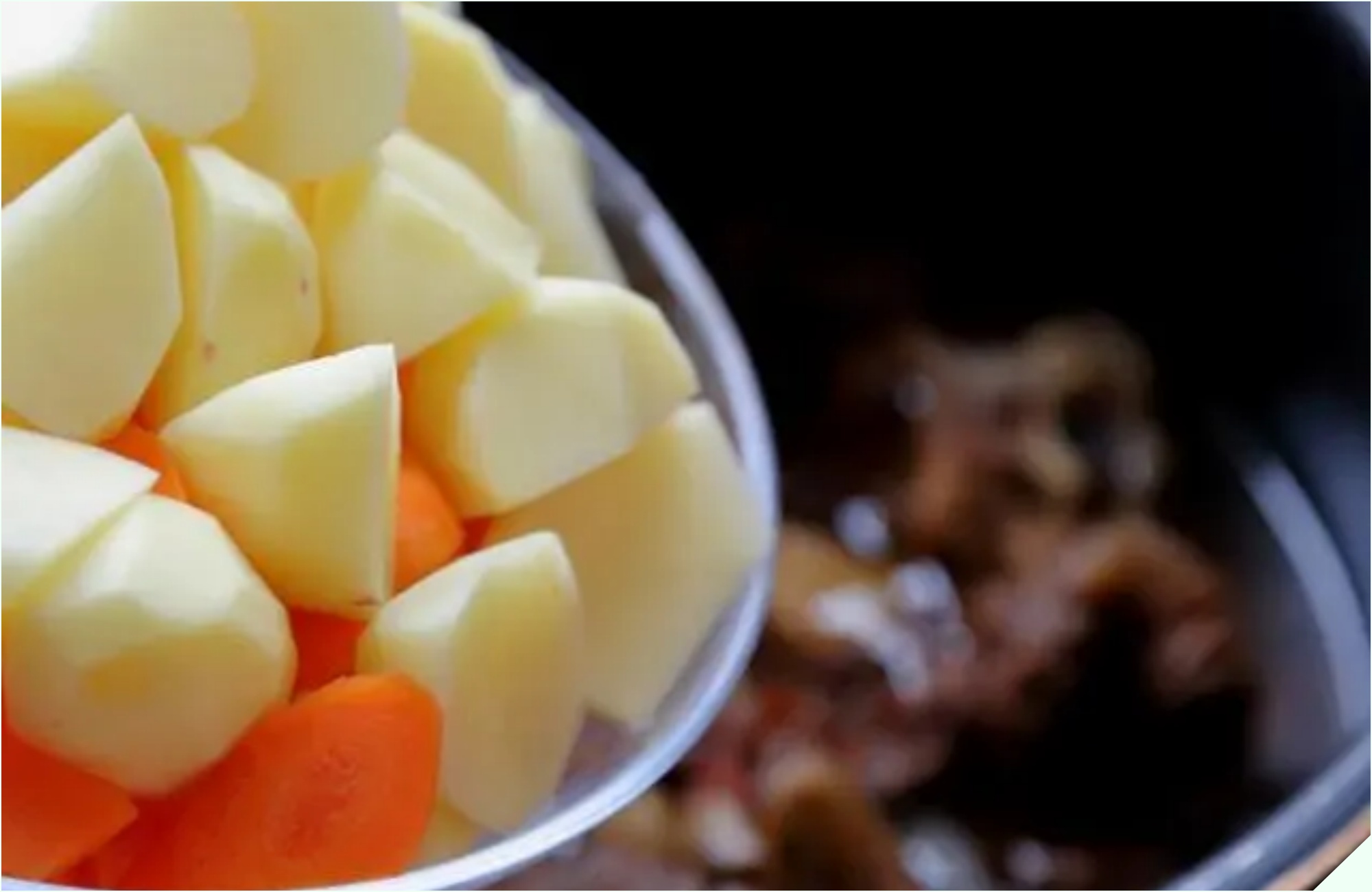
– Add a pinch of salt to the pot to taste.
– Toss in some carrots and potatoes. Carrots are great for eliminating odors and adding a vibrant touch to the dish.
Step 7: Finish and Serve
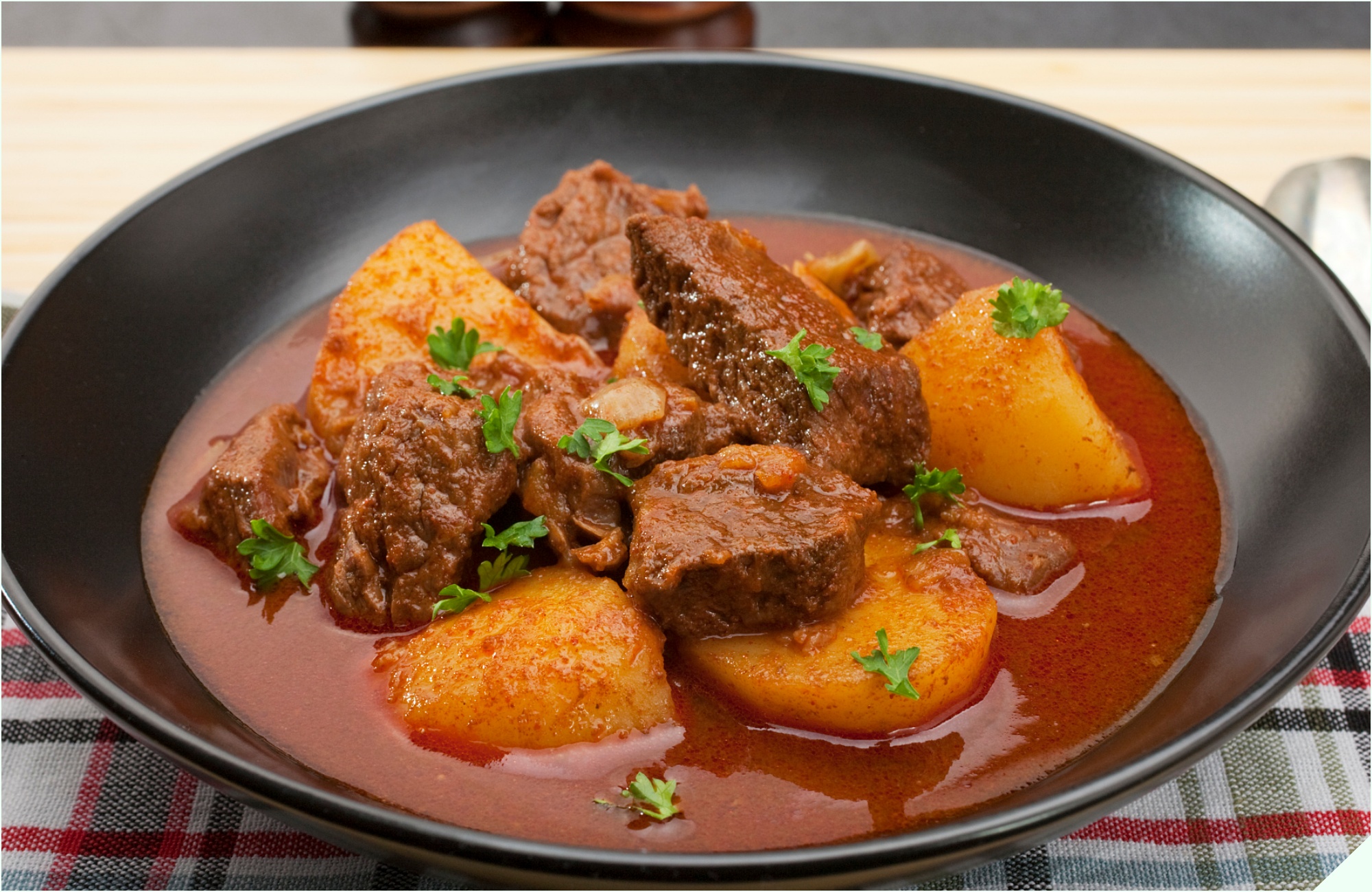
Finally, ladle the beef and vegetables into a bowl, and garnish with some herbs. The beef prepared this way is incredibly tender, delicious, and free of any unpleasant odor. The meat melts in your mouth, and it goes perfectly with rice or bread.
Tantalize Your Taste Buds with This Delectable Beef Tendon Dish
“Beef tendon, with its unique chewy texture, is a delicacy that often steals the show in hot pots and beef noodle soups. Why not take this tantalizing ingredient and create some mouth-watering treats for the weekend? Imagine a refreshing beef tendon salad, tossed with tangy green mango or sour sop, or perhaps you’d prefer the tender tendon marinated in a sweet and sour sauce. It’s time to elevate your culinary game and impress with these unique tendon treats.”
Recipe for Perfectly Tender Beef Steak
Ever pondered the source of those delectable, tender and juicy steak cuts that grace restaurant tables? The secret lies in the appropriate use of specific ingredients in marination – salt, baking soda, carbonated water and fruit juice. All of these work together to produce the perfect, melt-in-your-mouth steak, even when they are as thin as 1-2cm.



























